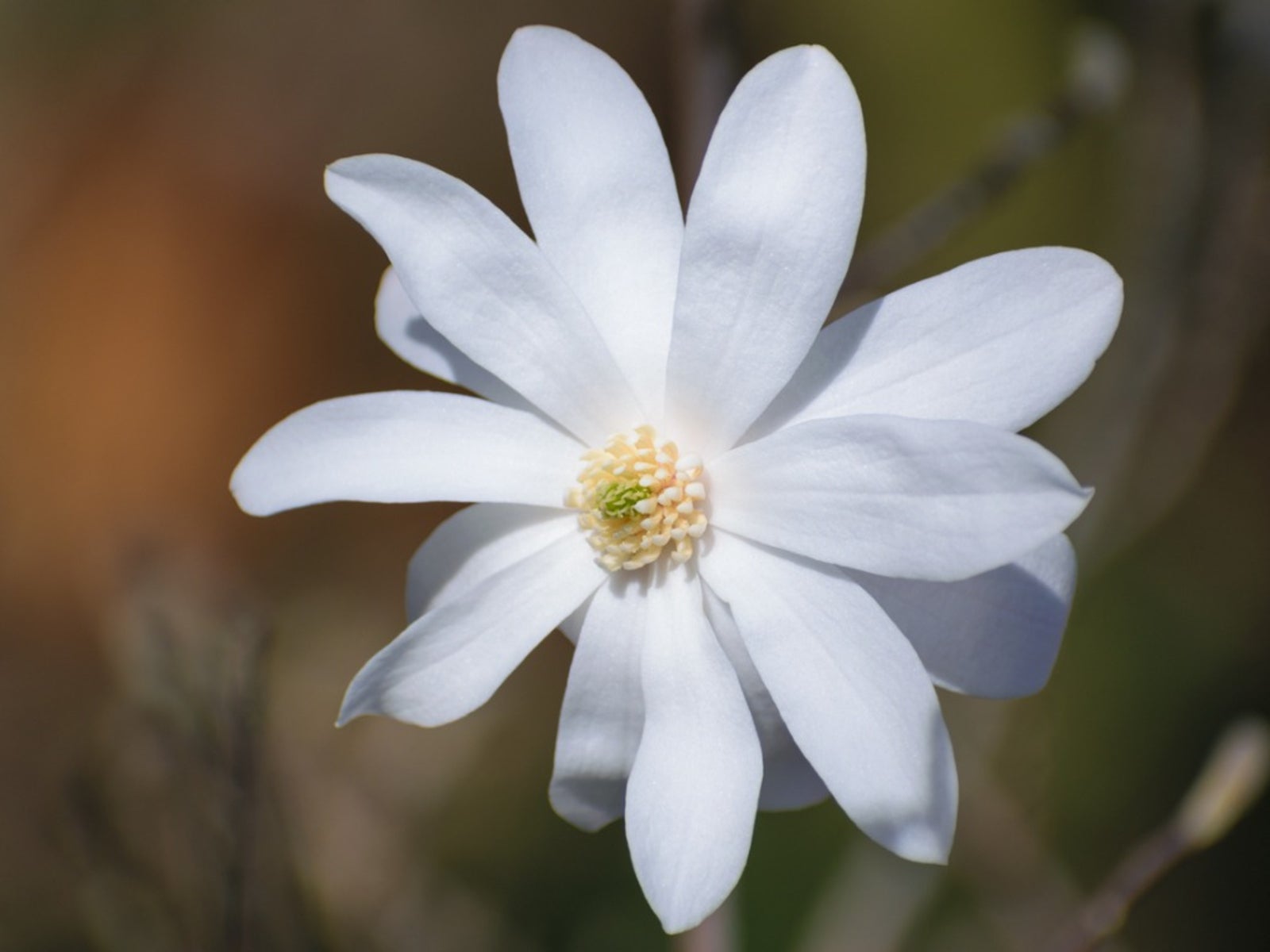Enjoying Star Magnolia Flowers: Caring For A Star Magnolia Tree

The elegance and beauty of the star magnolia are a welcome sign of spring. The intricate and colorful star magnolia flowers appear weeks ahead of other spring flowering shrubs and plants, making this tree a popular choice as a focal tree for early spring color.
What is a Star Magnolia?
The star magnolia (Magnolia stellata) is known as a small tree or large shrub that is native to Japan. The habit is oval with low branches and very close-set stems. There are many cultivars available such as Centennial, which grows to 25 feet (8 m.) and has white flowers with a pink tinge, Rosea, which has pink flowers that fade to white, or Royal Star, which reaches a mature height of 20 feet (6 m.) and has pink buds with white flowers. All cultivars are equally adored not only for their lovely shape and alluring flowers but also their fragrance.
Growing Star Magnolia Trees
Star magnolia trees thrive in the USDA planting zones 5 through 8. They do best in slightly acidic soil, so it is always a good idea to get a soil sample before planting.
Choose a sunny location, or partly sunny spot in hot areas, with soil that drains well for best results. Although the tree does well in a small space, allow plenty of room for it to spread. It does best when not crowded.
As with other types of magnolia trees, the best way to plant this flowering beauty is to purchase a young and healthy tree that is in a container, balled, or burlapped. Check that the tree is robust and has no damage.
The planting hole should be at least three times the width of the root ball or container and just as deep. When placed in the hole, the root ball should be even with the ground. Be sure that the tree is straight before replacing half of the soil that you took from the hole. Fill the hole with water and allow the root ball to absorb the moisture. Backfill the hole with the remaining soil.
Star Magnolia Care
Once planted, caring for a star magnolia tree is not overly difficult. Adding a 3 inch (8 cm.) top dress layer of mulch will help retain moisture and keep weeds away.
Gardening tips, videos, info and more delivered right to your inbox!
Sign up for the Gardening Know How newsletter today and receive a free copy of our e-book "How to Grow Delicious Tomatoes".
A couple of inches (5 cm.) of compost in late winter will encourage prolific blooms. Water during times of drought and prune dead or damaged branches when needed but only after the tree has flowered.
-
 Looking For Plants To Give You The Soft And Fuzzies? Try These 5 Fuzzy Leaf Plant Options
Looking For Plants To Give You The Soft And Fuzzies? Try These 5 Fuzzy Leaf Plant OptionsLovers of texture, drama, silver foliage and tactile plants will adore these special sensory garden additions. These fuzzy leaf plant options will leave you all aglow
By Susan Albert
-
 Get Ready For A Summer Of Hummers! Grow These Full Sun Hummingbird Plants and Flowers
Get Ready For A Summer Of Hummers! Grow These Full Sun Hummingbird Plants and FlowersIf you’re lucky enough to enjoy a sunny backyard, make sure you are maxing out on your pollinator opportunities and grow these full sun hummingbird plants and flowers
By Tonya Barnett